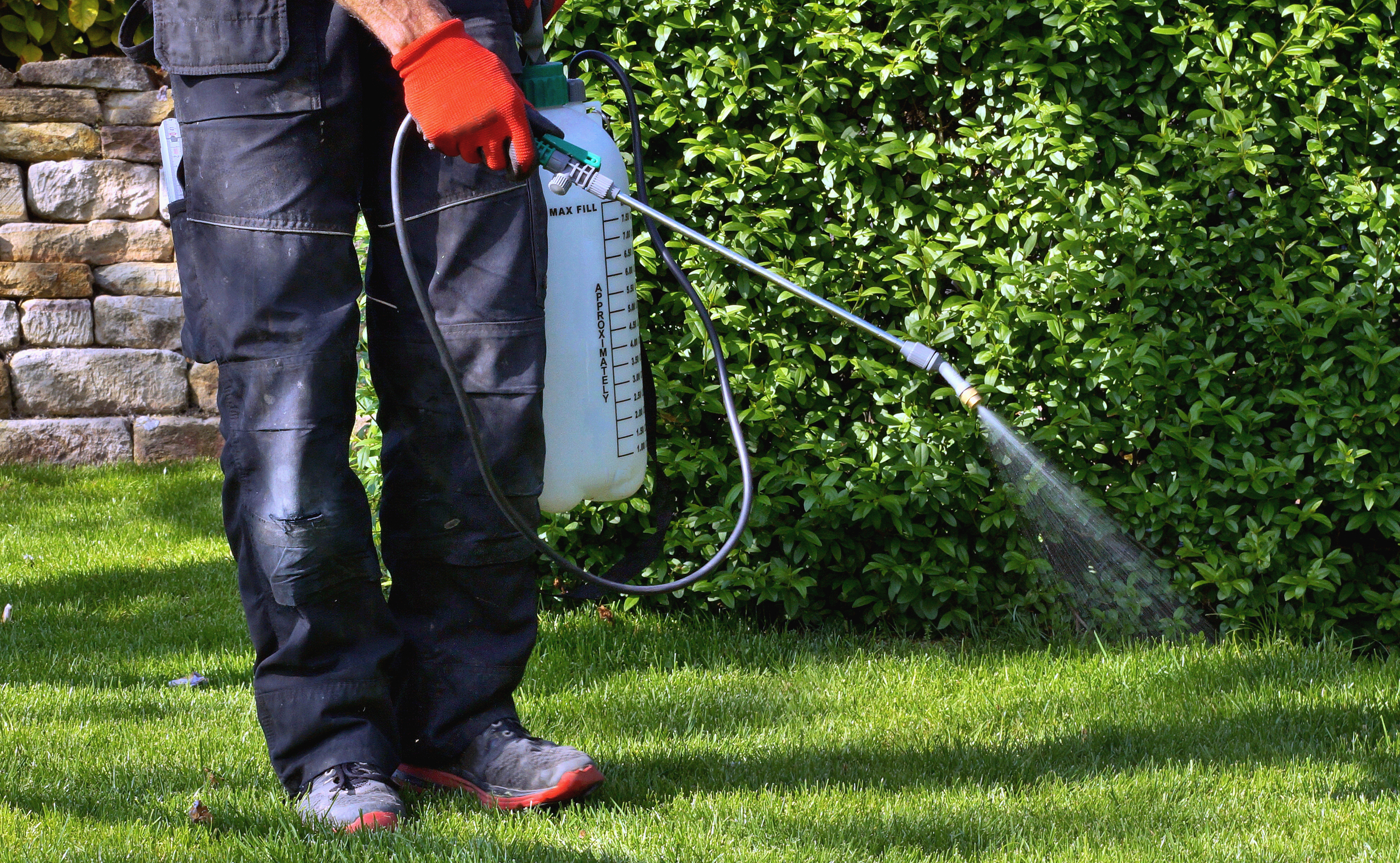Pre-emergent herbicides are an important tool in any lawn care program, but correctly timing the application can be tricky. Applying a pre-emergent too early can allow time for weeds to germinate and grow after the residual barrier has dissipated. Applying too late counteracts the purpose of using a pre-emergent in the first place by missing the optimal application window.
Time Pre-Emergent Applications Right
To know whether or not to apply pre-emergent herbicide now, it’s important to know how weeds are classified. Here are two of the main classifications and when to address them.
1. Summer Annuals Examples:
- Crabgrass
- Sandbur
- Spurge
- Dandelion
- Doveweed
Life cycle: One year with germination in the spring. They flower and produce seed, then die in fall.
Pre-emergent timing: Early spring or late winter for southern and coastal U.S.
2. Winter Annuals Examples:
- Annual Bluegrass (Poa Annua)
- Henbit
- Chickweed
- Wild Onion
- Mustards
Life cycle: One year with germination in the fall. They flower and produce seed quickly, then die in spring.
Pre-emergent timing: Late summer/early fall. General rule of thumb is by September 15.
Remember that weed control is a continuous process. A healthy lawn will be more weed resistant, so be sure to practice good turf care. Timing your pre-emergent applications correctly will make them as effective as possible, so be prepared.
Missed Application Window
The ideal time to apply pre-emergent herbicides is when soil temperatures consistently reach 55 degrees at a depth of 4 inches. When the application is made too late, the product doesn’t have enough time to work before seeds germinate. So, what should you do if you miss an application window? Try alternative weed control methods such as landscape fabrics, mulch or specialty post-emergent herbicides.
Landscape fabrics control weeds while still allowing water and air through and conserve soil moisture. Mulch suppresses weed growth through conserving soil moisture and allowing plants to grow stronger, overcoming weeds and by blocking vital sunlight from sprouting weeds. For weed control in turf, specialty post-emergent herbicides like Scepter T&O and Certainty and directed applications of Ranger Pro will clear up any problem weeds.
Alternative weed control options are a great way to manage weeds if you’ve missed a pre-emergent application window. For more tips and product suggestions, contact your local Ewing store.




